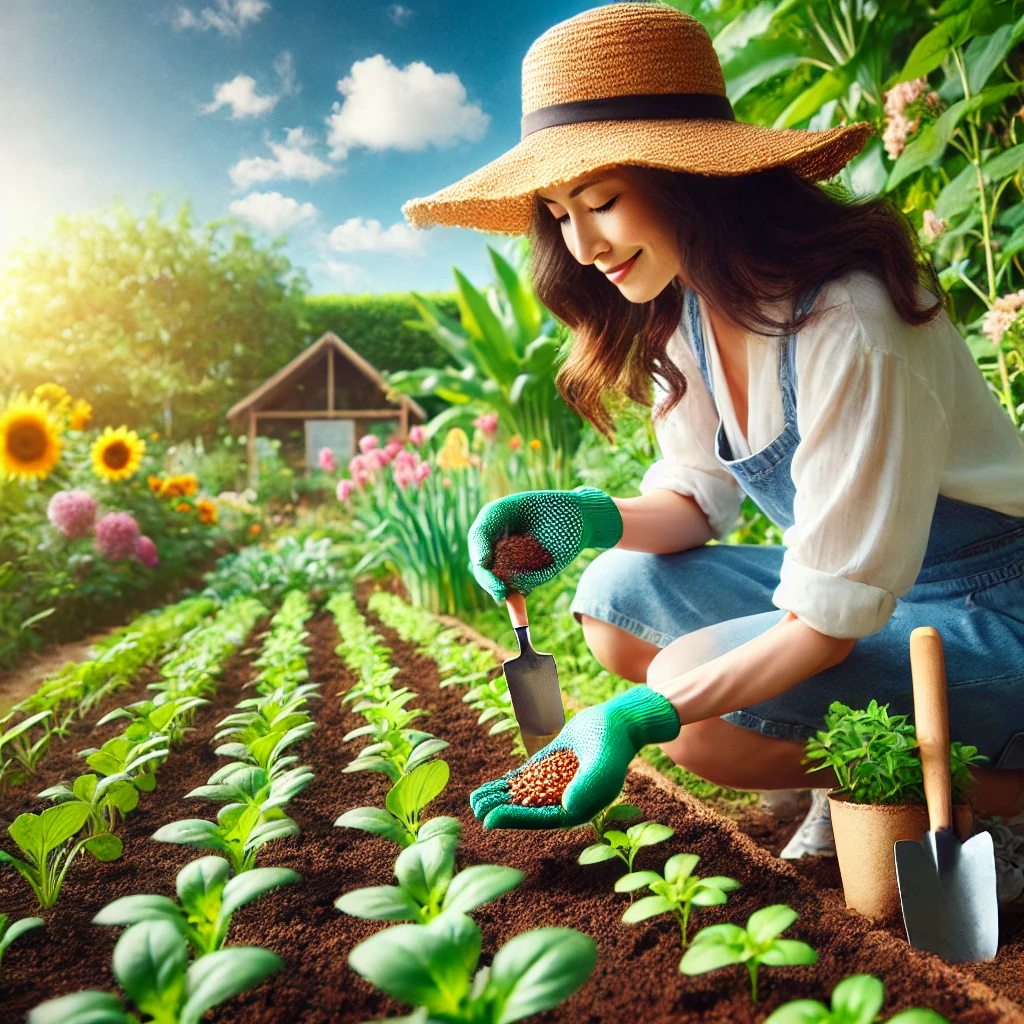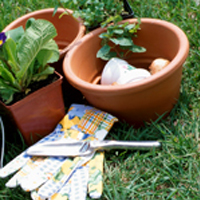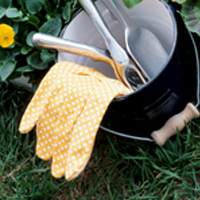Ultimate Guide to Planting Seeds for a Thriving Vegetable Garden:
A Comprehensive Guide to Vegetable Garden Planting Seeds
Introduction
Planting seeds in a vegetable garden is one of the most rewarding activities.
Not only do you get to enjoy fresh, homegrown produce, but you also get to experience the joy of watching your plants grow from tiny seeds into bountiful harvests.
Choosing the right seeds and knowing when to plant them are crucial steps. Let’s dive into vegetable garden planting and discover the best practices for success.
Types of Vegetable Seeds
Heirloom Seeds
Heirloom seeds are treasured for their history and genetic diversity. These seeds have been passed down through generations, often within families or communities.
They are open-pollinated, relying on natural pollination from insects, birds, or the wind. One of the main benefits of heirloom seeds is that they produce plants with unique flavors and characteristics that are often lost in modern hybrids.
Plus, you can save seeds from your harvest to plant next year, preserving the plant’s lineage.
Hybrid Seeds
Hybrid seeds are created by cross-pollinating two different plant varieties to produce offspring with desirable traits from both parents.
These seeds are often bred for disease resistance, uniformity, and higher yields.
However, unlike heirlooms, hybrid seeds do not produce true-to-type plants if their seeds are saved and replanted.
This means gardeners need to purchase new seeds each season.
GMO Seeds
Genetically modified organism (GMO) seeds have been altered using genetic engineering techniques to introduce specific traits, such as pest resistance or herbicide tolerance.
While GMOs are widely used in commercial agriculture, they are controversial due to concerns about environmental impact, food safety, and corporate control over seeds.
Home gardeners typically do not use GMO seeds, opting for heirloom, hybrid, or organic varieties.
Organic Seeds
Organic seeds are grown without synthetic pesticides or fertilizers and must meet strict organic certification standards.
These seeds are excellent for gardeners who prioritize sustainable and eco-friendly practices.
Organic seeds often come from plants adapted to organic growing conditions, making them a robust choice for organic gardens.
When to Plant Vegetable Seeds
Understanding Planting Seasons
Each vegetable has its preferred planting season. Understanding these seasons can help you maximize your garden’s productivity.
Spring Planting
Spring is the most popular time to start a garden. Cool-season crops like lettuce, peas, and radishes thrive in the mild temperatures of early spring.
You can plant warm-season vegetables like tomatoes, peppers, and cucumbers as the weather warms.
Summer Planting
Summer is ideal for planting heat-loving crops such as beans, corn, and squash.
These plants need plenty of sunlight and warm soil to grow well. Late summer is also a good time to start planning for fall crops.
Fall Planting
Fall planting allows you to extend your growing season. Cooler temperatures and shorter days are perfect for growing leafy greens, carrots, and broccoli.
Some gardeners also plant garlic and onions in the fall to harvest the following summer.
Winter Planting
Winter planting is possible for hardy vegetables like kale, spinach, and Brussels sprouts in mild climates. These plants can withstand frost and even improve in flavor after a cold snap.
Climate Zones and Planting Times
USDA Hardiness Zones
The USDA Hardiness Zone map is a valuable tool for gardeners. It divides the United States into zones based on average minimum winter temperatures, helping you determine the best planting times for your region.
Microclimates and Local Conditions
Beyond general climate zones, microclimates—small areas with unique climatic conditions—can affect planting times.
Factors such as elevation, proximity to bodies of water, and urban heat islands can create microclimates in your garden.
Preparing Your Garden for Planting
Soil Preparation
Good soil is the foundation of a successful garden. Start by testing your soil’s pH and nutrient levels. To improve its structure and fertility, you can amend poor soil with compost, aged manure, or organic fertilizers.
Garden Layout
Planning your garden layout is essential for maximizing space and ensuring healthy plant growth. Consider each plant’s mature size and spacing needs.
Companion planting, where certain plants are grown together for mutual benefit, can also enhance your garden’s productivity.
Planting Techniques for Different Seeds
Direct Sowing
Direct sowing involves planting seeds directly in the garden. This method works well for vegetables like carrots, beans, and peas. Ensure the soil is well-prepared and follow the seed packet instructions for planting depth and spacing.
Indoor Seed Starting
Starting seeds indoors gives you a head start on the growing season. You’ll need seed trays, a good seed-starting mix, grow lights, or a sunny window. Once the seedlings are strong enough, you can transplant them into the garden.
Caring for Seedlings and Young Plants
Watering Techniques
Proper watering is crucial for seedling health. Water gently to avoid disturbing the soil and roots. Keep the soil consistently moist but not waterlogged.
Fertilizing Young Plants
Young plants benefit from regular feeding. Choose a balanced fertilizer and follow the recommended application rates. Liquid fertilizers can be particularly effective for seedlings.
Protecting Seedlings
Mulching helps retain soil moisture and suppress weeds. Additionally, be vigilant for pests and diseases. Physical barriers, such as row covers, and organic pest control methods can protect your plants.
Harvesting and Storing Seeds for Next Season
When and How to Harvest Seeds
Harvest seeds when the fruit or pods are fully mature. For example, let beans and peas dry on the plant before collecting the seeds. Tomatoes and peppers should be fully ripe before you harvest their seeds.
Storing Seeds
To maintain their viability, store seeds in a cool, dry place. Label your seeds with the plant variety and date of harvest. Properly stored seeds can last several years.
Conclusion
Starting a vegetable garden from seeds is a fulfilling endeavor that yields delicious and nutritious rewards. You can enjoy a bountiful harvest season after season by choosing the right seeds, planting them at the optimal times, and providing proper care. Happy gardening!
FAQs
- What are the most accessible vegetable seeds to grow for beginners?
- Radishes, lettuce, beans, and peas are some of the most accessible vegetable seeds for beginners. These hardy plants require minimal maintenance.
- How can I improve germination rates for my seeds?
- To improve germination rates, ensure you are using fresh seeds, plant them at the correct depth, keep the soil consistently moist, and maintain an optimal temperature for germination.
- Are hybrid seeds better than heirloom seeds?
Hybrid seeds often offer benefits such as disease resistance and higher yields, while heirloom seeds provide unique flavors and the ability to save seeds. The choice




